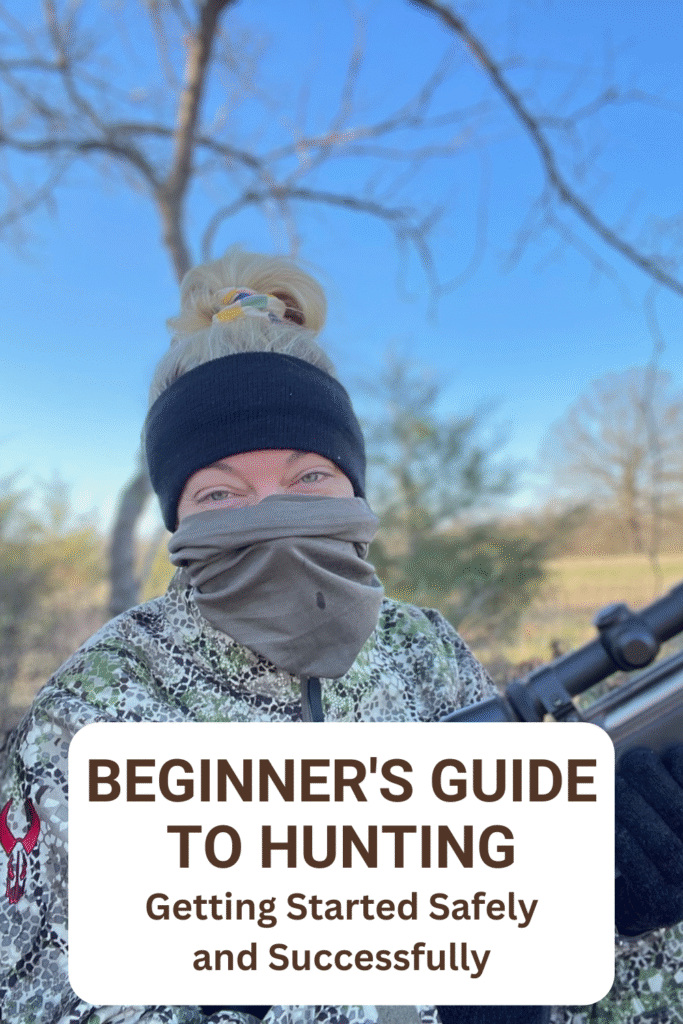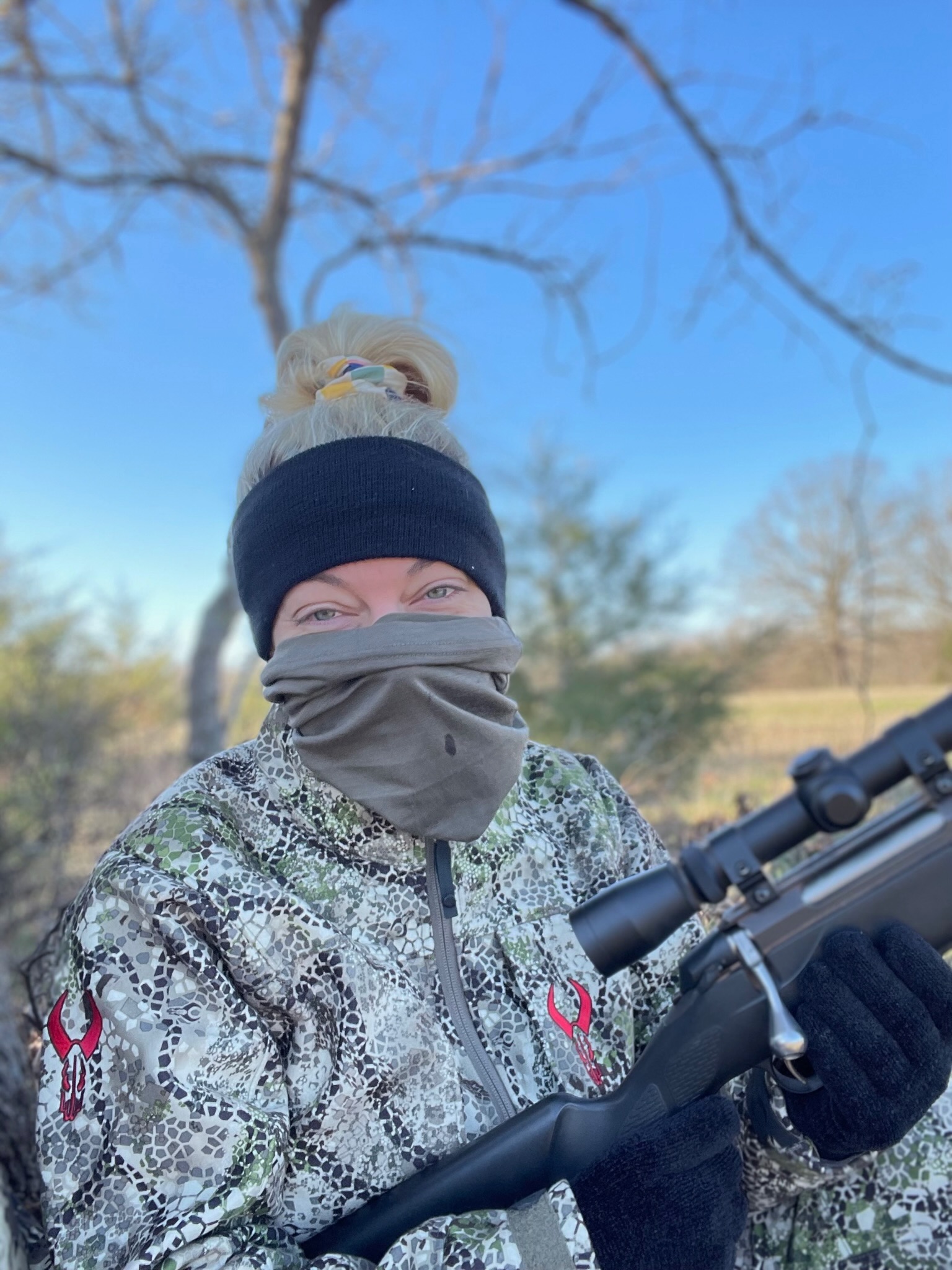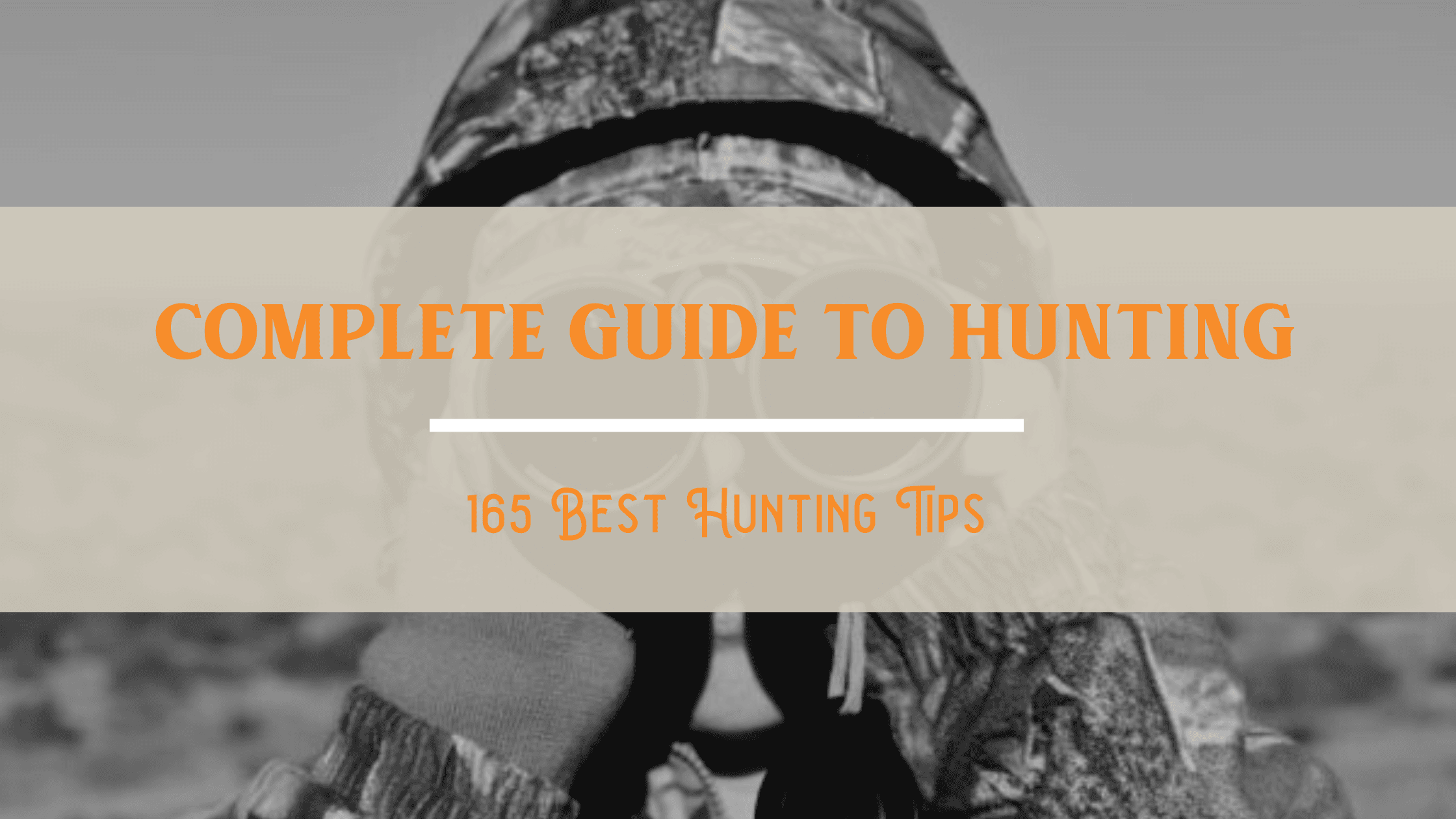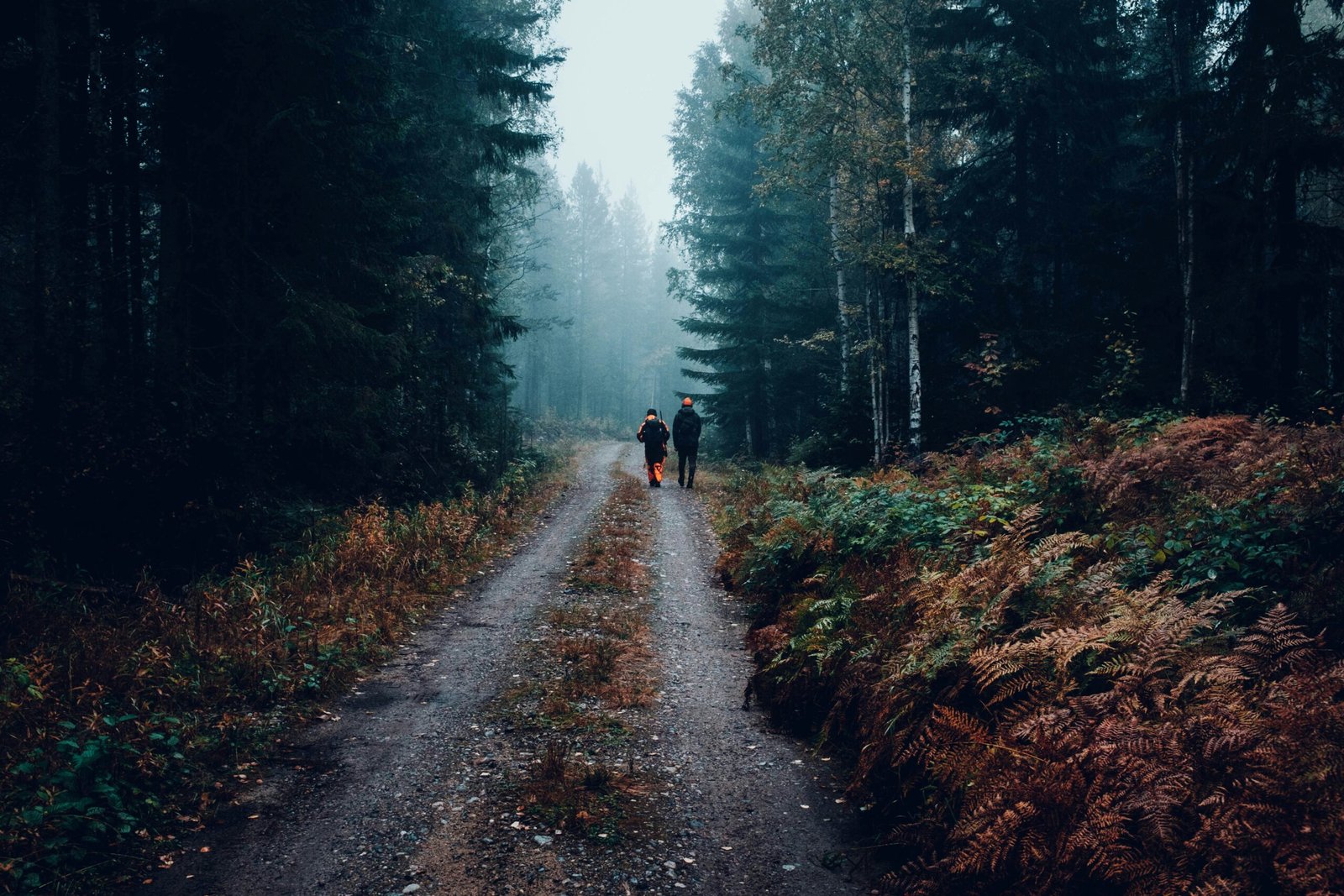Section 1: Introduction to Hunting
Hunting, a primal activity that humans have engaged in for millennia, is not merely a pastime; it's a journey that connects individuals with nature on a profound level. For beginners, stepping into the world of hunting can be both exciting and daunting. However, with the right guidance and knowledge, it can become a fulfilling pursuit.
Hunting isn't just about tracking down and harvesting game; it's about immersing oneself in the natural world, understanding ecosystems, and appreciating the delicate balance of life. It offers a unique opportunity to witness wildlife up close, to observe their behavior, and to become part of the intricate web of life in the great outdoors.
In this guide, we will provide novice hunters with the essential information they need to embark on their hunting journey safely and responsibly. From selecting the right gear to mastering hunting techniques, we'll cover everything you need to know to get started on the path to becoming a skilled and ethical hunter.
Section 2: Understanding Hunting Regulations
Navigating the legal landscape of hunting can be intimidating for beginners, but it's a crucial step in ensuring that hunting remains a sustainable and ethical activity. Hunting regulations vary from region to region and can encompass everything from hunting seasons and bag limits to licensing requirements and restricted hunting areas.
Before heading into the field, novice hunters should familiarize themselves with the regulations governing hunting in their area. This can typically be done by contacting the local wildlife agency or visiting their website, where comprehensive information and resources are often available.
By understanding and adhering to hunting regulations, hunters can play a vital role in the conservation and management of wildlife populations while also ensuring their own safety and the safety of others.
Section 3: Selecting the Right Hunting Gear
Choosing the right gear is essential for any hunter, but for beginners, it can be overwhelming given the vast array of options available. From firearms to clothing to accessories, each piece of gear serves a specific purpose and can greatly impact the success and enjoyment of a hunt.
When selecting hunting gear, beginners should prioritize quality and functionality over quantity. Investing in durable, reliable equipment will not only enhance the hunting experience but also ensure safety in the field.
Section 4: Choosing the Ideal Hunting Weapon
The choice of a hunting weapon is a deeply personal one, influenced by factors such as hunting style, game species, and personal preference. Whether opting for a firearm or a bow, beginners should take the time to research and test different options to find the one that best suits their needs and abilities.
Firearms come in various types, including rifles, shotguns, and muzzleloaders, each designed for specific purposes and game species. Rifles are ideal for long-range shooting, while shotguns excel in close-quarters hunting scenarios. Muzzleloaders offer a more traditional hunting experience and are favored by some hunters for their simplicity and challenge.
Section 5: Understanding Safety Precautions
Safety is paramount in hunting, and beginners should prioritize learning and adhering to essential safety precautions from the outset. Firearms safety, in particular, is of utmost importance, and novice hunters should undergo formal training and education in firearm handling and safety before venturing into the field.
In addition to firearm safety, beginners should familiarize themselves with basic first aid techniques, wilderness survival skills, and emergency procedures. Carrying a well-stocked first aid kit and emergency supplies is essential, as is informing someone of your hunting plans and expected return time.
Section 6: Mastering Hunting Techniques
Hunting techniques encompass a wide range of skills, from tracking and stalking to calling and shooting. For beginners, mastering these techniques takes time and practice, but with dedication and perseverance, they can become proficient hunters.
Tracking involves reading signs left by game animals, such as tracks, droppings, and bedding areas, to determine their location and direction of travel. Stalking requires stealth and patience, as hunters move quietly and cautiously to get within shooting range of their quarry.
Calling is another effective hunting technique, particularly for species such as elk, turkey, and waterfowl. Hunters use calls to mimic the sounds made by animals, attracting them into range for a shot. Proper calling technique and timing are essential for success.
Section 7: Understanding Wildlife Behavior
To be successful hunters, beginners must develop a deep understanding of the behavior and habits of the game species they pursue. This involves studying their preferred habitat, feeding patterns, breeding behavior, and daily movements.
For example, deer are crepuscular animals, meaning they are most active during dawn and dusk. By understanding this behavior, hunters can plan their hunts accordingly, increasing their chances of encountering deer during prime hunting hours.
Observation and field experience are invaluable tools for learning about wildlife behavior. Spending time in the field, watching animals, and noting their behavior patterns can provide valuable insights that contribute to hunting success.
Section 8: Exploring Different Hunting Methods
Hunting offers a diverse array of methods and techniques, each suited to different game species, environments, and personal preferences. From still hunting to spot-and-stalk to stand hunting, beginners have plenty of options to explore and experiment with.
Still hunting involves moving slowly and quietly through the woods, pausing frequently to scan for signs of game. Spot-and-stalk hunting requires hunters to spot game from a distance, then move into position for a shot. Stand hunting involves sitting or standing in a concealed location, such as a tree stand or ground blind, and waiting for game to approach.
Each hunting method has its advantages and challenges, and beginners should experiment with different techniques to find the ones that suit them best.

Section 9: Practicing Ethical Hunting
Ethical hunting is about more than just harvesting animals; it's about respecting wildlife, adhering to regulations, and ensuring humane kills. Beginners should strive to become ethical hunters from the outset, following a strict code of conduct that prioritizes conservation and respect for the natural world.
This includes making clean, ethical shots that result in quick and humane kills, minimizing the suffering of the animal. It also involves following all hunting regulations and guidelines, including bag limits, hunting seasons, and restricted areas.
Section 10: Preparing for the Hunt
Preparation is key to a successful hunting trip, and beginners should take the time to plan and prepare thoroughly before heading into the field. This includes scouting potential hunting locations, studying maps and aerial imagery, and familiarizing oneself with the terrain and topography of the area.
In addition to physical preparation, hunters should also ensure that all their gear is in good working order and properly maintained. This includes checking firearms for proper function, sharpening knives, and inspecting clothing and equipment for damage or wear.
Section 11: Safety in the Field
Once in the field, hunters must remain vigilant and prioritize safety at all times. This includes adhering to firearm safety rules, maintaining situational awareness, and communicating effectively with other hunters in the area.
Firearm safety is non-negotiable and should be ingrained in every hunter's behavior. Treat every firearm as if it is loaded, keep the muzzle pointed in a safe direction at all times, and never place your finger on the trigger until ready to shoot.
Situational awareness is also critical, as hunters must be aware of their surroundings and the location of other hunters at all times. This includes communicating clearly with fellow hunters and establishing safe zones of fire to prevent accidents.
Section 12: Field Dressing and Game Handling
Properly handling harvested game is essential for preserving the quality and safety of the meat. Field dressing, the process of removing the internal organs from a harvested animal, should be done as soon as possible to prevent spoilage and contamination.
Beginners should familiarize themselves with field dressing techniques for the specific game species they are hunting. This may include methods for gutting and skinning animals, as well as proper care and storage of meat in the field.
In addition to field dressing, hunters should also be familiar with game handling and processing techniques. This may include quartering and packing out larger animals, as well as skinning and butchering for consumption.
Section 13: Reflecting on the Hunt
Each hunting experience offers opportunities for learning and personal growth, and beginners should take the time to reflect on their experiences and evaluate their performance. This may involve identifying areas for improvement, celebrating successes, and learning from mistakes.
Reflection can take many forms, from journaling and documenting experiences to sharing stories and insights with fellow hunters. By reflecting on their hunts, beginners can gain a deeper understanding of themselves, their abilities, and their connection to the natural world.
Section 14: Continuing Education and Improvement
Hunting is a lifelong journey of learning and growth, and beginners should embrace opportunities for continued education and improvement. This may include participating in advanced training courses, seeking out mentorship from experienced hunters, and staying informed about new developments and techniques in the field.
In addition to skill development, hunters should also prioritize conservation and stewardship of the natural resources they enjoy. This may involve volunteering for conservation organizations, participating in habitat restoration projects, and advocating for responsible hunting practices.
Section 15: Conclusion
Embarking on a hunting journey as a beginner is both exciting and rewarding, but it also requires dedication, patience, and a commitment to safety and ethical conduct. By following the guidance and advice provided in this guide, newcomers can embark on their hunting journey with confidence, knowing that they have the knowledge and skills to pursue their passion safely and responsibly.





2 thoughts on “Beginner’s Guide to Hunting: Getting Started Safely and Successfully”